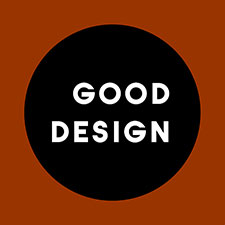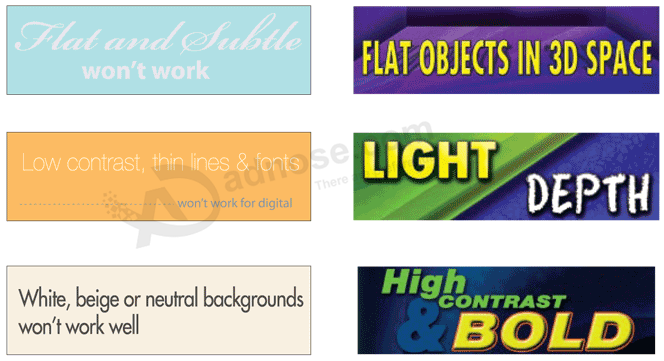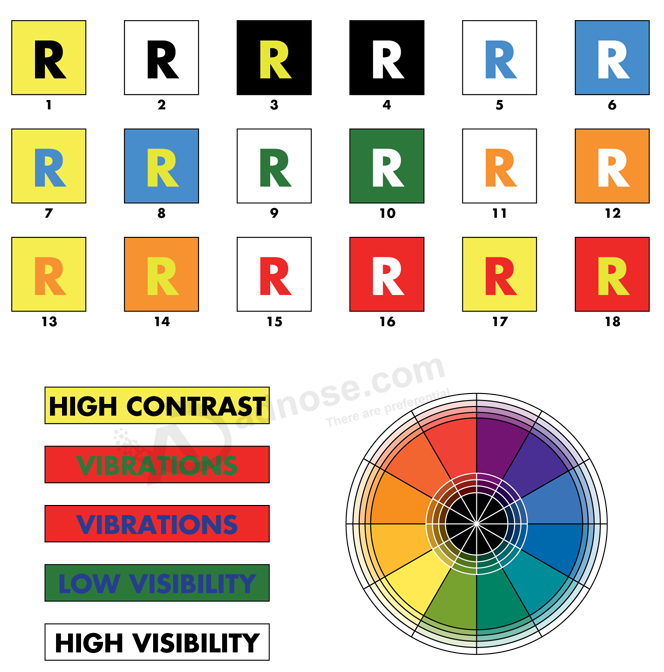Overview

1. Start With a Good Idea
Good ideas are what makes outdoor advertising so impactful. Make careful considerations to the message and the images you choose.
2. Production Identification
Make sure you are able to read the advertiser's name.
3. Short Copy
Don’t use more than 7 words and keep them short for easy comprehension.
4. Large and Legibile Type
Lettering should be a minimum of one foot tall. Remember these are viewed from 400 - 600 feet.
5. Increase Line Thickness
At 600 feet, thin lines disappear.
6. Forget the "White Space Rule"
It doesn’t apply to outdoor like it does with print advertising.
7. Bold Colors
Be bold with colors. Being subtle at 600 feet doesn’t work.
8. High Contrast
For high visibility, use contrasting colors.
9. Simplify Everything
Stay with one key idea or objective.
10. View From a Distance
Look at the design from 15 feet away for only five seconds. Can you understand it? This stimulates driving past a billboard.
2. Use Bold, Non-Serif Fonts
3. Stick to One Message or Idea
4. Be Short and Sweet
5. Color
6. Avoid White Backgrounds
7. Use Bright, Bold Colors
8. Design With High Contrast
Digital Displays
1. Make the Text Large
Outdoor designs should be simple, clear and easy to read. Digital billboards should be legible from 500 feet away.
2. Use Bold, Non-Serif Fonts
Always use large, legible typefaces. At 500 feet, thin lines optically fade or break up. Avoid decorative, italic, or serif fonts. As a general rule, upper and lower case sans serif fonts provide the best readability. When designing for digital outdoor, we highly recommend adding a thin dark stroke around the text to separate it from the background.
3. Stick to One Message or Idea
Simplify everything. Don’t present a complex message or numerous images. Have one thing that you want your audience to do or to recognize. The best outdoor media reduces a complex message to it’s essential elements.
4. Be Short and Sweet
Use no more than ten words total on the entire billboard – and that includes the logo/product tagline. We recommend seven words or less for the headline. Keep the words short for faster comprehension.
5. Color
Use only RGB color fi les for digital displays. Design as you would for a website, TV or computer monitor.
6. Avoid White Backgrounds
To achieve white, a combination of all three colors must be turned on to their maximum brightness. Consequently, white backgrounds will wash out and compete with the remainder of your creative.
7. Use Bright, Bold Colors
Stick with fully saturated web-safe hues. Complimentary colors, such as red and green, are not legible together because they have similar value. Contrasting color combinations work best for viewing outdoor designs at far distances.
8. Design With High Contrast
Being subtle does not work at great distances. Strong contrast in both hue and value are essential for creating good digital out-of-home.

9. Pick Your Image Wisely
Take a small object and make it large (like a watch) rather than a large object small (like a building). Avoid using landscapes or complex scenes. We recommend three visual elements or less, total. For example: one image, one logo and one headline.
10. Forget about White Space
White space does not apply in Outdoor like in printed material. Increase your logo, font sizes and imagery! Having unused visual space at 300 - 500 feet is not recommended.
11. Test Your Idea
A billboard is not a print ad; the average viewing time is only about 5 seconds. A good test is to show the design to someone from a distance for only 5 seconds and then ask them about it. Did they understand it? Who was the advertiser? What do they think the advertiser wants them to do?
12. Digital Production Requirements
Digital files are normally under 1MB and easy to send by email. We require uncompressed JPEG files (RGB color mode) 1400px W x 400px H for bulletins and 840px W x 400px H for 30 sheet posters.
Color Tips
Reproduced below are 18 color combinations tested for visibility at various distances by the OAAA. Visibility is ranked in the sequence shown, with 1 the most visible and 18 the least visible.
The color wheel and colored bars, also below, illustrate the need for designers to choose colors for outdoor that are complementary and have a high contrast as well as value. For example, green and red are opposite each other and are therefore complementary colors. They represent a good contrast in hues, but in values they are very similar. The result sets up an annoying vibration. The same is true of blue and orange. Look at the design from 15 feet away for only 5 seconds. Can you understand it? This simulates driving past a billboard.


